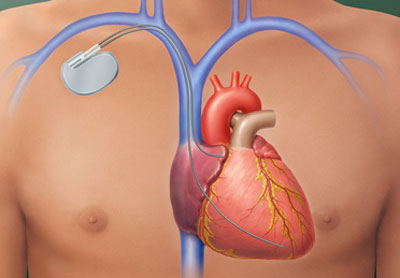Under much debate, the treatment of uncomplicated type B aortic dissection is still uncertain. Several studies with methodological limitations have shown that endovascular treatment plus optimal medical treatment might be beneficial, compared with medical treatment alone.

This meta-analysis sought to define more clearly the treatment strategy in patients with acute and subacute uncomplicated type B aortic dissection. To that end, researchers conducted a systematic review and meta-analysis of observational studies and randomized trials.
The primary endpoints were early mortality and re-intervention, late all-cause and aorta-related mortality, and late re-intervention.
Read also: PASCAL in Tricuspid Regurgitation with Encouraging Results.
Researchers analyzed 6 studies with a total of 14,706 patients; 1066 of them underwent endovascular treatment.
There were no significant differences between endovascular treatment and medical treatment with regards to early mortality (p = 0.46), early re-interventions (p = 0.19), or surgery (p = 1).
Medical treatment was significantly associated with a lower risk of early stroke (p = 0.002) but a higher risk of late all-cause mortality (p < 0.001) and aorta-related mortality (p = 0.001), compared with endovascular treatment.
Conclusion
Given the limited number and, particularly, the limited quality of studies on endovascular treatment vs. medical treatment in patients with acute or subacute uncomplicated type B aortic dissection, a categorical recommendation remains uncertain. Further information is required to understand which dissections and patients would benefit from preventive treatment.
Original title: Endovascular vs. Medical Management for Uncomplicated Acute and Subacute Type B Aortic Dissection: A Meta-analysis.
Reference: Martin Hossack et al. Eur J Vasc Endovasc Surg. Article in press.
Subscribe to our weekly newsletter
Get the latest scientific articles on interventional cardiology
We are interested in your opinion. Please, leave your comments, thoughts, questions, etc., below. They will be most welcome.





